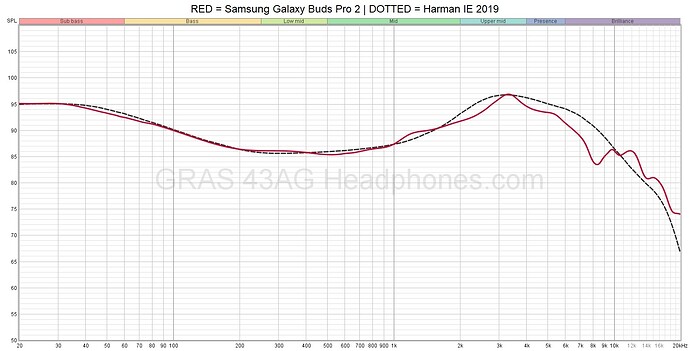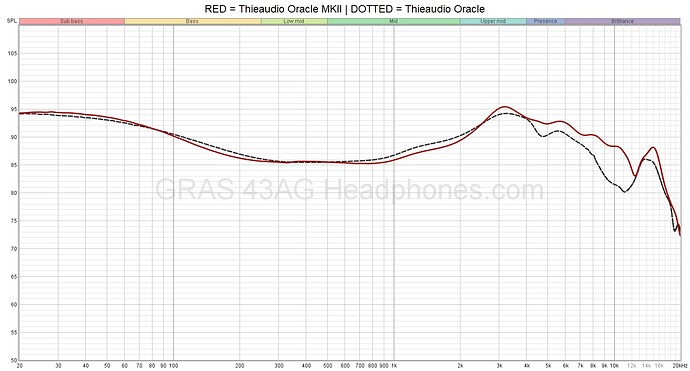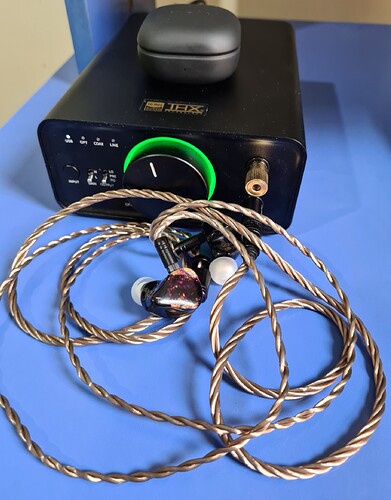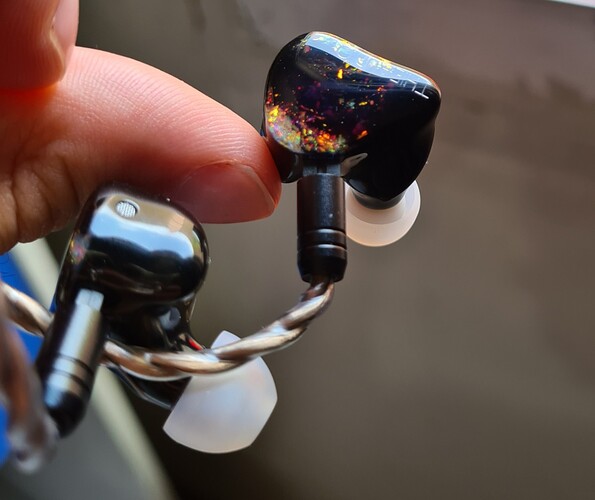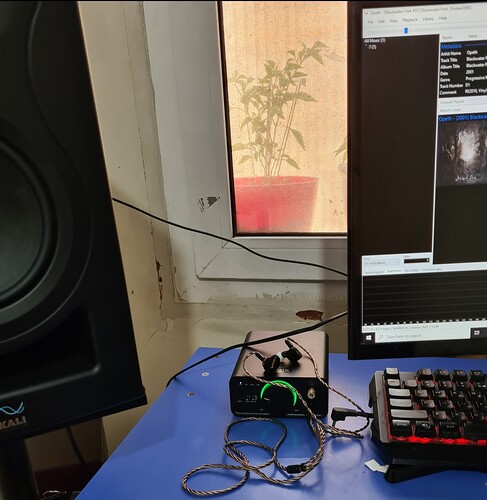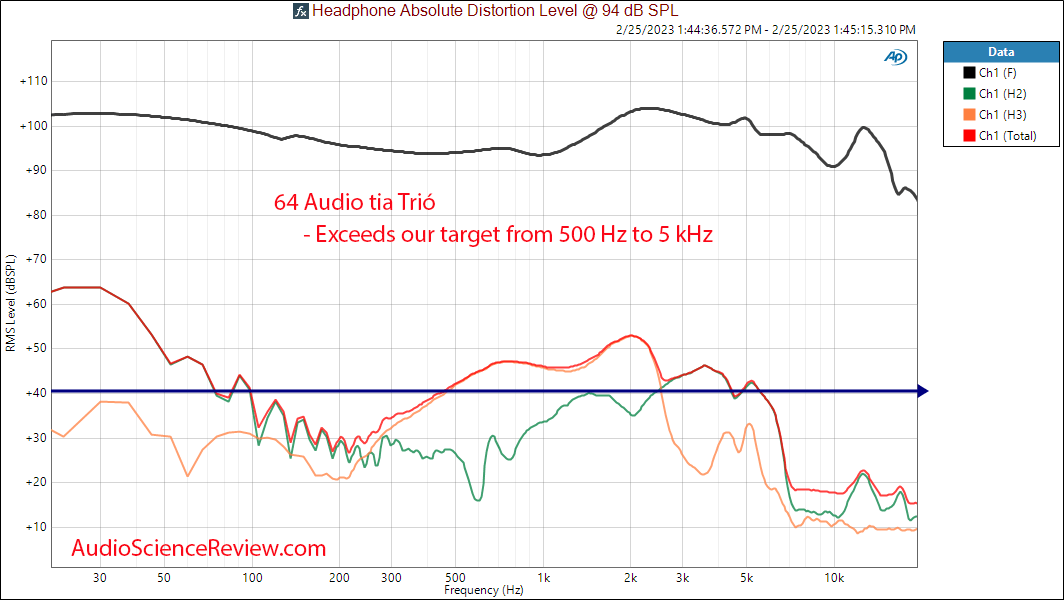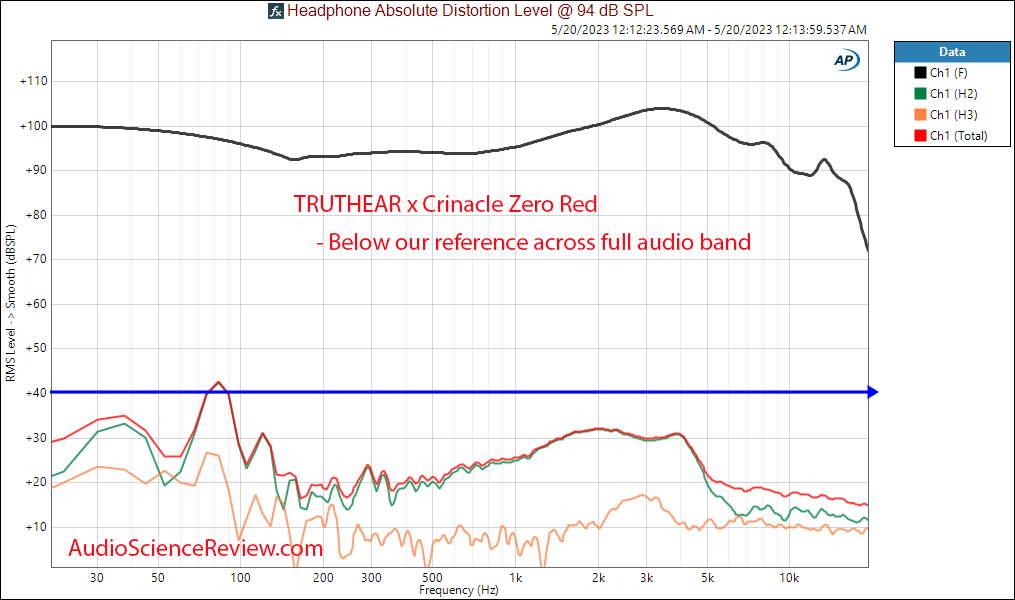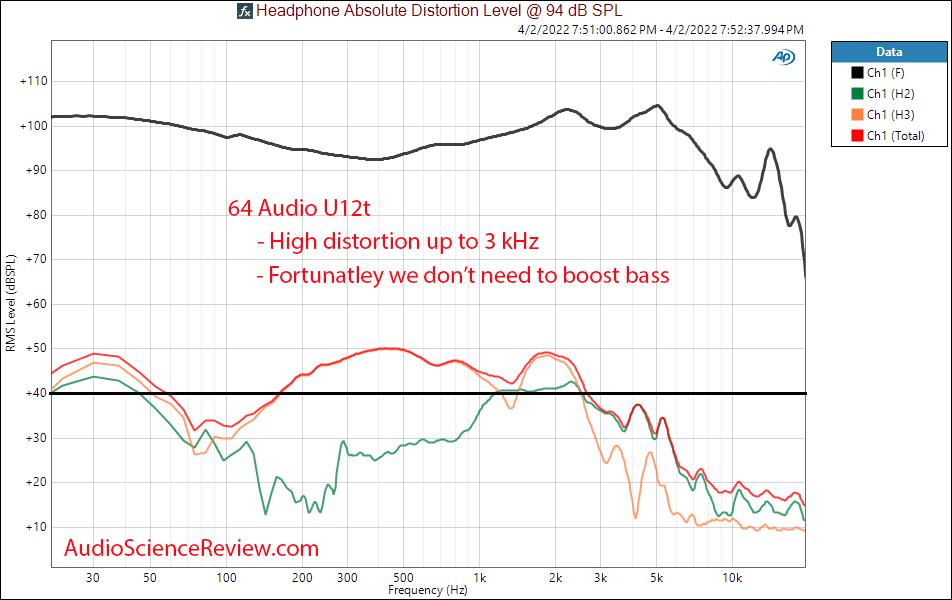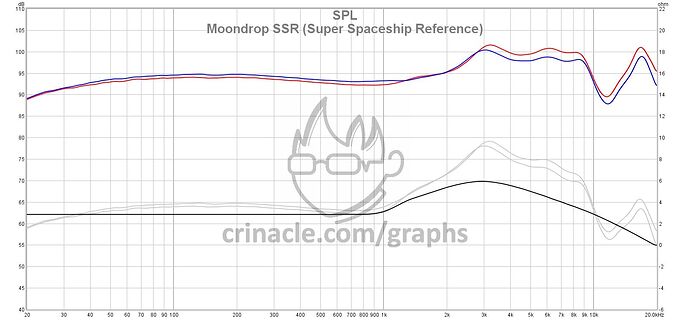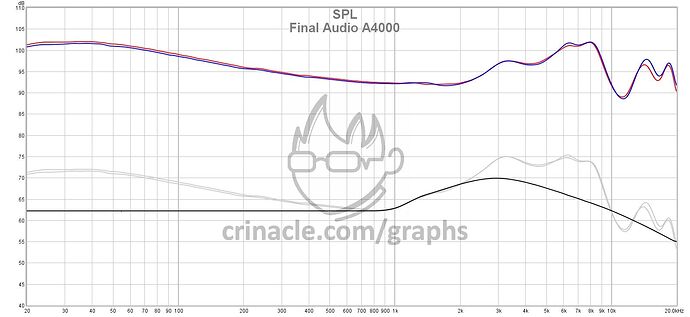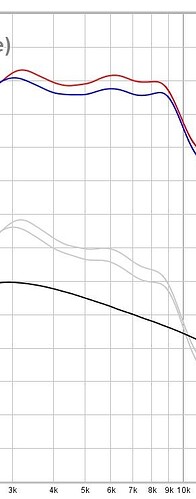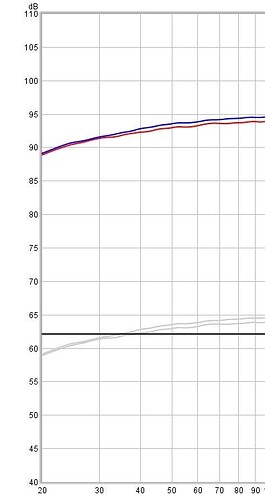this thread might trigger some here but i will write it anyways so maybe you think twice about buying expensive iems with BIG unrealistically expectations beforehand.
so as a guy who used studio monitors and speakers for music listening for years, i decided to buy a pair of expensive new iems to see whats the catch about them since i started following the reviews and news about them mostly the chifi ones. mind the best iem or earbud i had was galaxy buds2 pro ( bought it on sale for 110$ here) and liked the tonality of it but wanted something with better “technical performance” so i started researching, asking users here and auto EQ ing my old outdated iems or my tws to different trendy iems to see which i will like more.
i tried auto equing so many iems, from totls like mm2, ierz1, u12t, prestige,maestro se to midrange iems like variations, oracles, meteors, sa6 series etc… i found oracle mk2 to be the most clean/bright sounding and close to the buds 2 pro actually so i bought it with a fiio k7. but as i recieved it i was in shock, they sounded amazing but they were 90% the same as my auto EQed old cheap 50$ iems or even the buds 2 pros in stock form( becauae they graph the same with some difference in treble area) but sure the technicals would be better, but i wish it was.
btw these things look absolutely gorgeous and stunning, so pretty irl
i was confused when i found that it sounded all in my head and had 0 real soundstage effects like speakers or monitors. it didn’t have a center image like speakers and everything played inside my head just like my old earbuds and cheap outdated iems. don’t get me wrong, they sounded 50 times better than my old non EQ ed iems ( resolution, bass or treble quality, imaging ) but with EQ, they sounded so similar its scary. if i had not tried auto EQ before, i would just be amazed that how good they sound as a pair of iems and would keep buying even more expensive sets.
so i started to research for days and months on youtube or read articles about sound and finally landed on other forums like audio science reviews where they suggested the fact that 90% of the sound of iems is just FR due to iems being being minimum phase devices and the rest is distortion( ideal crossover engineering), linearity or correct phasing. and soundstage, detail, technical performance are all visible in graphs and after a / b ing for days. they are correct imo.
auto EQ ing my galaxy buds to other iems changes EVERYTHING about them drastically, from transient speed or sharpness, or the perceived soundstage or imaging, or the resolution of the sound.
like u12ts were warm, had good depth to the sound but not as clear as other iems like variations. or super nova sounded warmer and tamer than oracle mk2 due to its more controlled 3k and treble and sounded analogy and warm but with more closed in feeling sound and less perceived sound height. iems with boosted 3k to 20 k areas had very great imaging compared to iems with tamer ear gain and treble. or boosting 200 hz to 500hz create a warmth that helps with drums or bass greatly but makes the replay lower res. aslo iems with flat midrange and mid bass gave that spacious sound that warmer iems can’t recreate but at the cost of mid bass loss.
the only problem for me is the treble quality on cheaper iems is not good, they either clip when EQING or don’t sound refined like the oracles treble and thats why you can’t really eq treble perfectly( also ear shape and coupler differences affect how iems graph). the oracles have great treble, they are bright and sparkly but never hurt my ears like the buds 2 does in higher volumes and thats why i keep it (this might be that i can’t get a deep fit with the buds 2s like i do with the oracles due to their design and that effects the harshness of the treble)..
i will keep the oracles because how much i like its treble compared to everything i own but 500$ more compared to my tws just to have better treble is a bit too much if you ask me. or maybe im too broke ![]()
so the conclusion, this might be silly but imo you can have almost totl experience with poweramp app that you can use it to import auto EQ profiles to it+ an smartphone+ some tws buds like galaxy buds that i use( you can use literally anything that has a graph on squig link). you can have 20 different iems on your hands everywhere you go with 20 different EQ profiles on poweramp app. when you can have totl tuning that is 90% of the experience and doesn’t need dac, amps or cables, there is no logical excuse to buy a dap, or dac with a 1k iem for example where you can spend the money on top speakers unless you earn 10k+ a month and want to support well tuned iems and engineers without stealing their tuning ieas with auto EQ or that refined treble area is worth alot for you.
